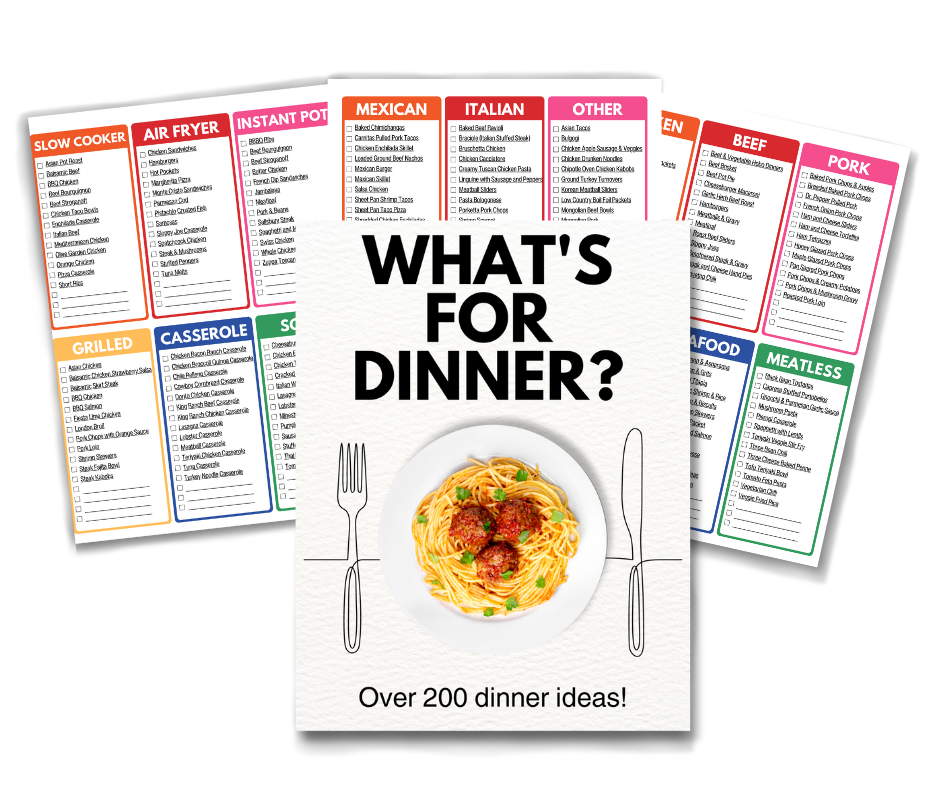There are many different ways to make eggs. This tutorial will show some of the most popular ways to cook eggs.
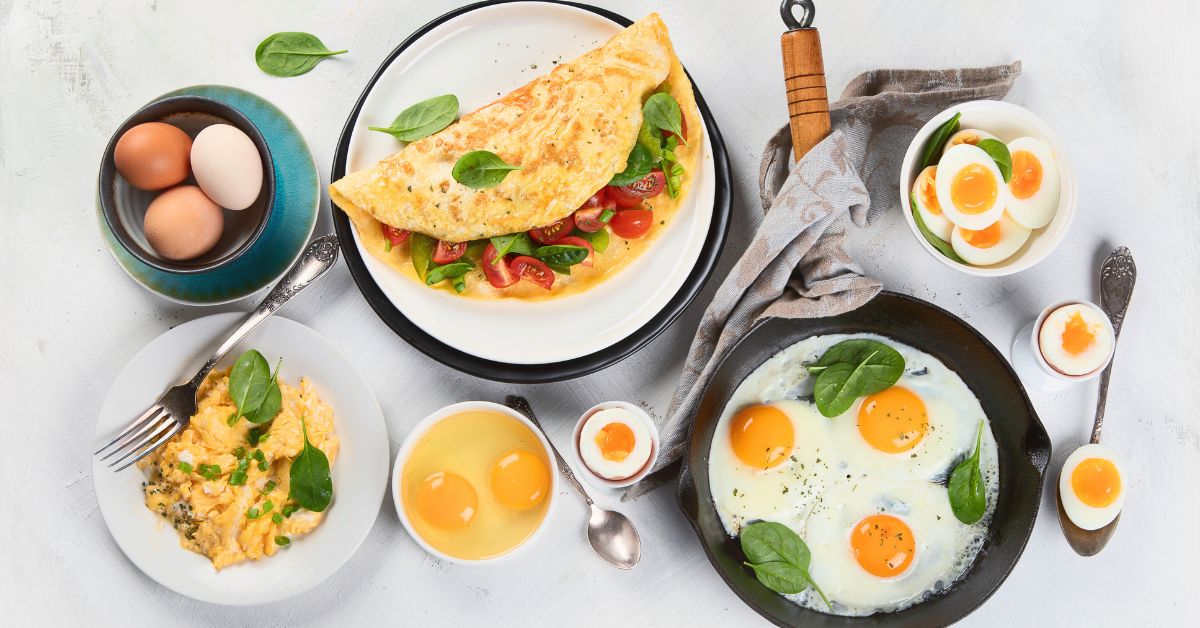
SAVE THIS RECIPE!
Enter your email below and we’ll send this recipe straight to your inbox.
This is a guide for Different Ways to Make Eggs. This protein is a staple breakfast food for many people around the world. They are nutritious, delicious, and easy to cook. With so many options, it can be difficult to decide which type to make. In this article, we will discuss some of the different types you can make and provide helpful tips on how to make them.
Eggs are one of nature’s superfoods, containing 13 essential vitamins & nutrients.
What Are Eggs?
Eggs are a versatile, nutrient-dense food everyone has loved for centuries. They have been a staple in diets around the world. They are one of the most complete sources of protein available. Not only are they full of essential vitamins and minerals, but also contain important antioxidants that can help protect against disease.
A fun fact about eggs is that the color of the yolk can vary depending on the diet of the chicken that lays it. For example, if a chicken’s diet is high in yellow or orange pigments, such as marigold petals, the yolk will be a deeper yellow or even orange. In contrast, if a chicken’s diet is mostly white corn or wheat, the yolk will be paler in color.
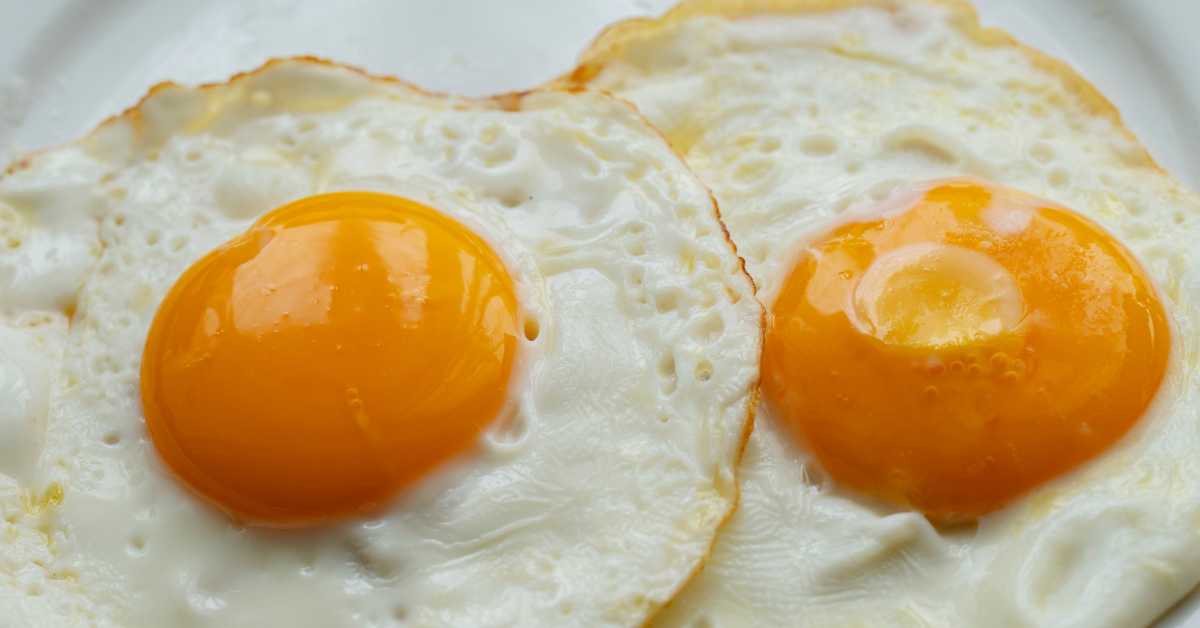
Types of Eggs
Soft-boiled cook until just set, leaving the yolk still soft and runny inside. Hard-boil cook longer until both the white and yolk have solidified (check out this tutorial for perfect hard-boiled eggs).
Poached eggs cook without their shells. Gently drop them into boiling water with a spoon. Remove them when completely cooked.
Fry an egg, easy, over medium or over-hard, or sunny side up. Flipping during the cooking process. To cook both sides evenly while keeping the yolk intact.
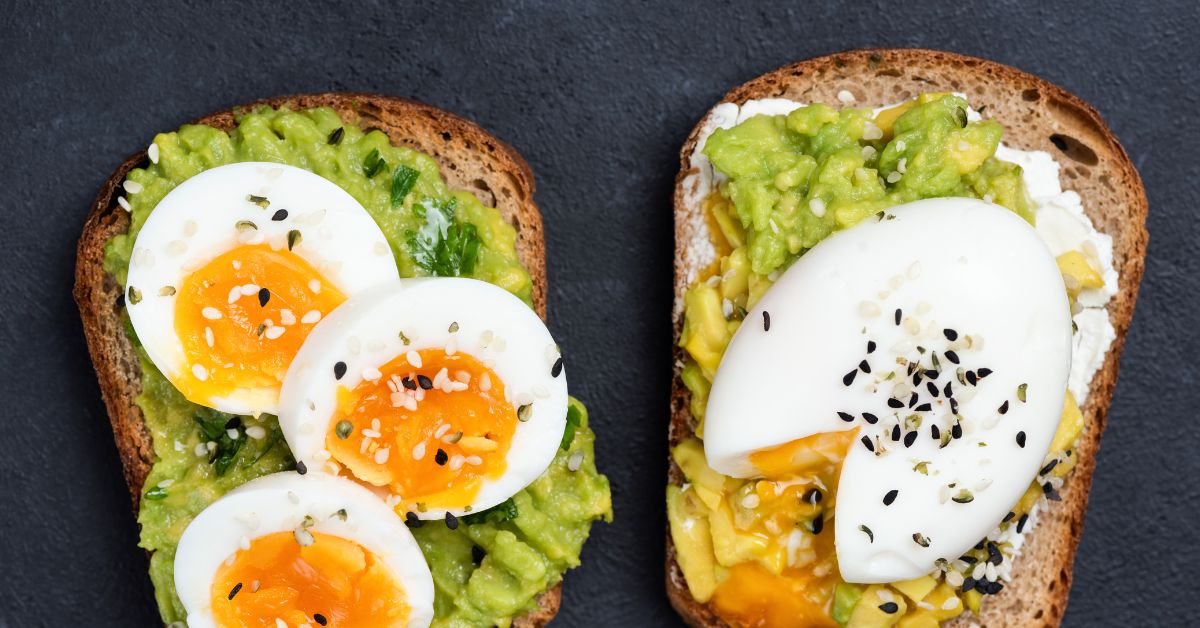
Benefits of Eggs
Eggs are an excellent source of important nutrients and provide numerous health benefits for people of all ages. They are a flexible food, but their nutritional value is also exceptional. From infants to senior citizens, consuming this protein can benefit physical well-being in many different ways. It is everyone’s favorite breakfast.
For starters, they contain high amounts of protein and healthy fats, making them an ideal breakfast choice for those trying to lose weight or build muscle. The combination of protein and fat helps with satiety and provides energy throughout the day.
Additionally, they contain essential vitamins such as A, D, E, and K plus minerals like zinc and iron which help support bone health. Furthermore, the yolks are rich in choline – an important nutrient for brain development – making them a great choice for pregnant women and children alike.
Different Ways to Cook an Egg for Breakfast
STEP 1: Hard Boiled Eggs
Check out this tutorial for the perfect hard-boiled treat. Make a hard egg, this is fully cooked and perfect for salad or deviled eggs. Place in a water bath or ice bath to help peel them perfectly.
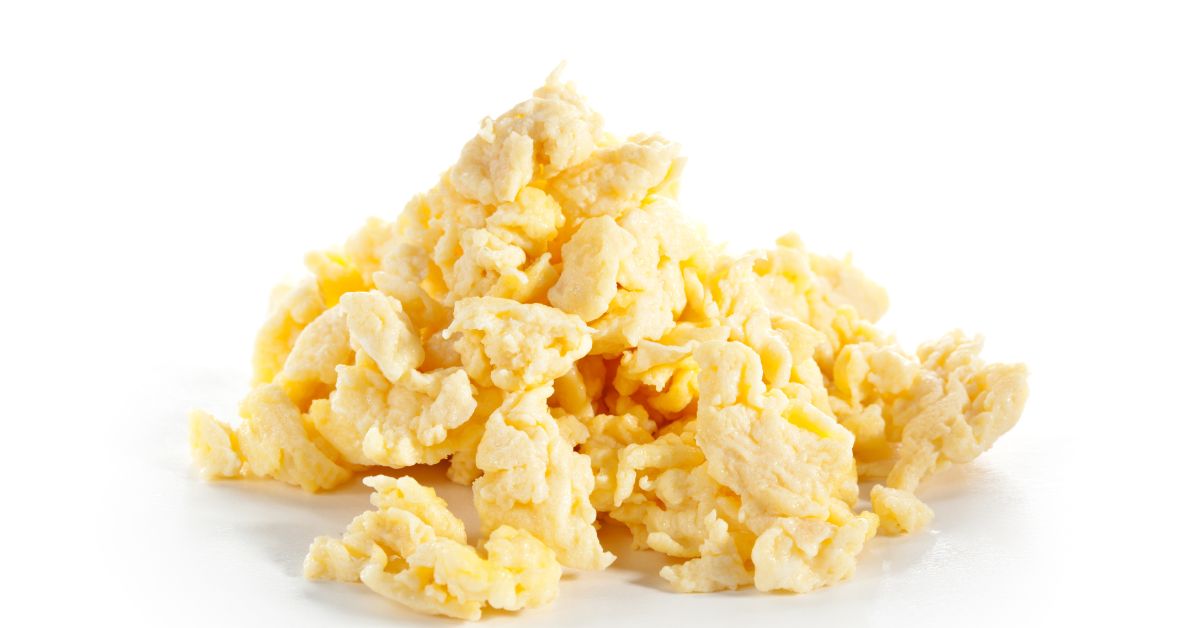
STEP 2: Soft Boiled Eggs
Soft-boiled requires a shorter cooking time than hard-boiled, typically around 4-6 minutes.
To make a soft-boiled, bring a pot of water to a boil, gently add the eggs, and cook for the desired time, yolk is runny. Serve immediately with toast or as a topping for salads or serve in an egg cup.
STEP 3: Poached Eggs
Poached can be a bit tricky to master, but with a little practice, you can achieve perfectly poached eggs every time.
Start by bringing a pot of water to a gentle simmer, then add a splash of vinegar to help the whites coagulate.
Crack into the water one at a time and cook for 2-3 minutes until the whites are set but the yolks are still runny.
Use a slotted spoon to remove the from the water and place on a paper towel to absorb any excess water.
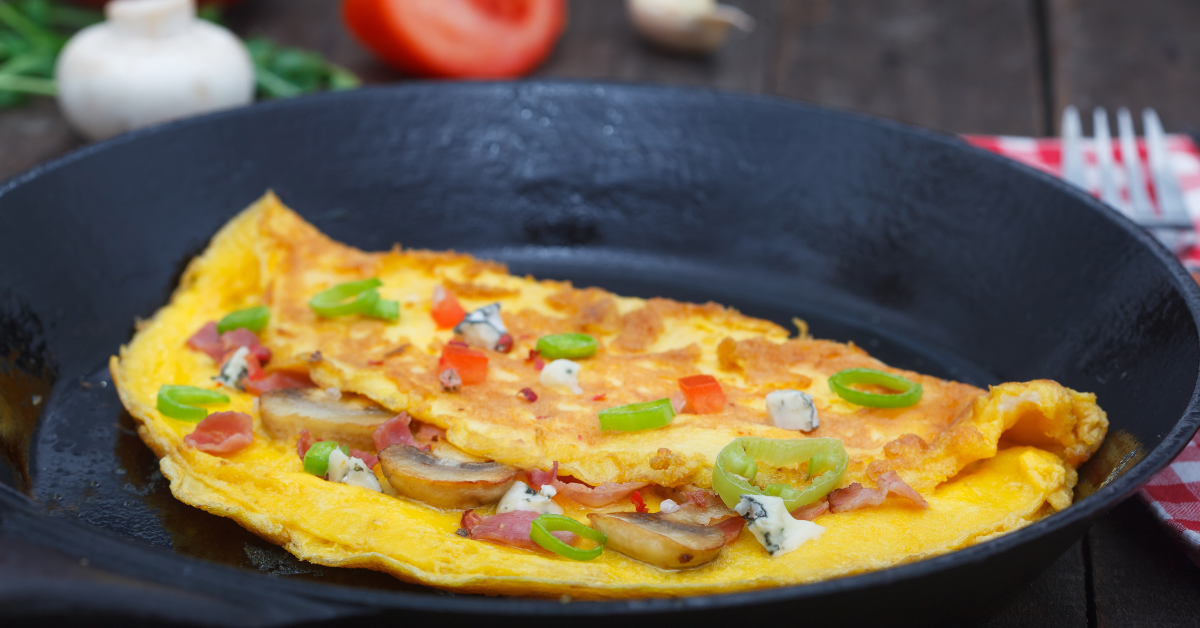
STEP 4: Fried Eggs
Use a non-stick pan and heat the pan properly.
The eggs should sizzle when you drop eggs in a large pan. Add a small amount of oil or butter to the pan.
Crack directly into the pan.
Cook until the whites are set, and the yolk is done to your liking.
Season with salt and pepper and serve hot.
STEP 5: SCRAMBLE
For an easy egg meal, whisk the egg mixture heat on medium heat, and make an omelet or breakfast sandwich. Simply add cheese and breakfast meats.
Frequently Asked Questions about Ways to Prepare Easy Eggs
Inspect the shell: The shell should be clean and uncracked. If the shell is dirty or cracked, bacteria can enter the egg and spoil it more quickly.
Hold the egg up to the light: Hold up to a light source to check for any visible defects, such as blood spots or meat spots. These are harmless but can be unappetizing.
Check the freshness: If you’re unsure about the freshness of an egg, you can perform a quick freshness test. Fill a bowl with water and gently place it in the bowl. If it sinks to the bottom and lays flat on its side, it’s fresh. If it stands up or floats to the top, it’s not as fresh and should be used soon.
Use warm water: Use water that’s slightly warmer than the egg to prevent it from contracting and drawing bacteria inside.
Avoid soap or detergents: Soap and detergents can strip away the natural protective coating, so it’s best to avoid using them.
Gently scrub: If it is visibly dirty, you can gently scrub it with a soft brush or cloth. Be careful not to apply too much pressure or the eggshell may crack.
Dry: Once clean, dry it thoroughly with a clean towel or air dry it in a rack.
Fresh: Fresh can be stored in the refrigerator for 4-5 weeks + from the time they were laid.
Cooked: Such as hard-boiled, can be stored in the refrigerator for up to one week.
Dishes: Dishes made with eggs, such as quiches or frittatas, should be consumed within 3-4 days if stored in the refrigerator.
Open cartons: Once a carton is open, use it within one week.
Yes, you can freeze it for later use. However, it’s important to note that whole things should not freeze in their shells because the liquid inside expands as it freezes and can cause the shell to crack.
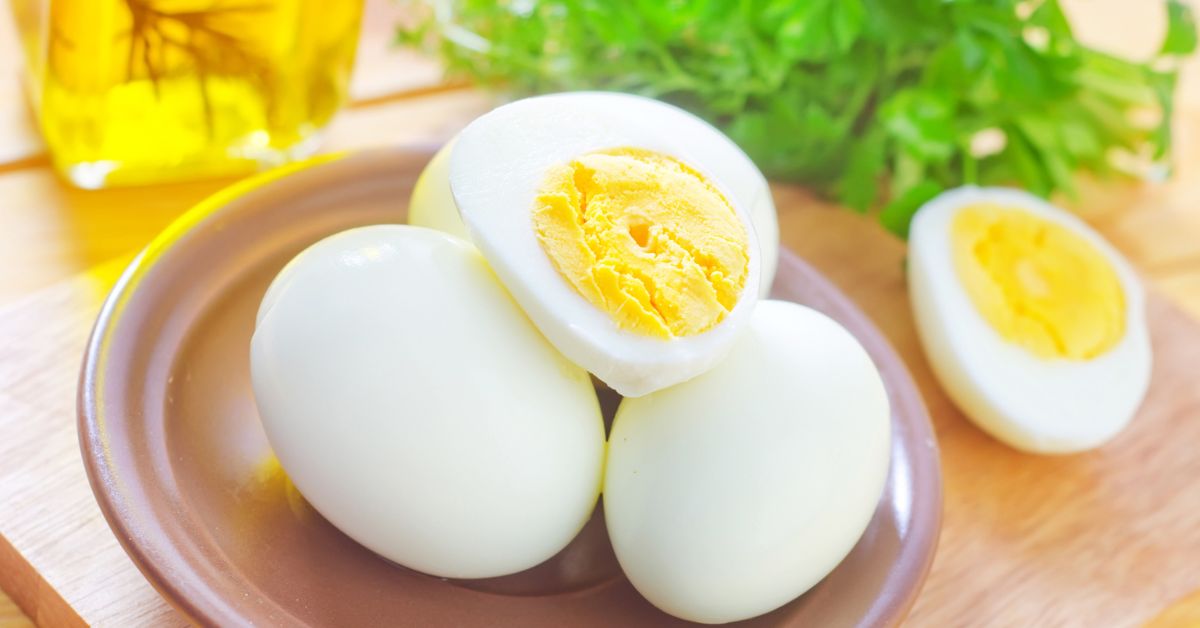
Expert Tips for Making Different Types of Eggs
- Scrambled: This is some expert advice on making the best-scrambled dish. Scrambled is a breakfast staple, and there are a few tips to make them extra fluffy and delicious.
- Tip 1: Use a nonstick pan and cook over low heat, stirring constantly with a spatula.
- Tip 2: Add a splash of milk or cream to make them creamier, and season with salt and pepper to taste.
- Recommended Tools & Equipment:
More Ingredient Tutorials
- How to Host a Cookie Exchange
- Birdseed Ornaments
- Small Kitchen Tools
Great Recipes to Try
- Ham and Egg Breakfast Braid
- Lobster Dinner Scrambled Eggs
- Egg and Sausage Tacos
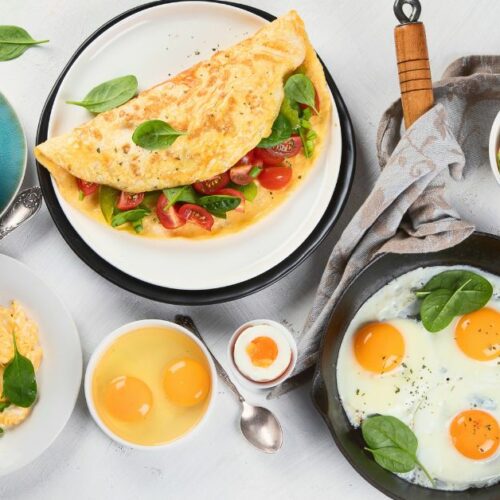
Different Ways to Make Eggs
Equipment
- 1 Non-stick pan
- 1 Spatula
Ingredients
- 1 whole egg
Instructions
- STEP 1: Hard Boiled EggsCheck out this tutorial for perfect hard boiled eggs
- STEP 2: Soft Boiled EggsSoft-boiled eggs require a shorter cooking time than hard-boiled eggs, typically around 4-6 minutes.To make a soft-boiled egg, bring a pot of water to a boil, gently add the eggs, and cook for the desired time. Serve immediately with toast or as a topping for salads.
- STEP 3: Poached EggsPoached eggs can be a bit tricky to master, but with a little practice, you can achieve perfectly poached eggs every time. Start by bringing a pot of water to a gentle simmer, then add a splash of vinegar to help the egg whites coagulate. Crack the eggs into the water one at a time and cook for 2-3 minutes until the whites are set but the yolks are still runny. Use a slotted spoon to remove the eggs from the water and place on a paper towel to absorb any excess water.
- STEP 4: Fried EggsUse a non-stick pan and heat the pan properly. The eggs should sizzle when hitting the pan. Add a small amount of oil or butter to the pan. Crack the egg directly into the pan. Cook until the whites are set, and the yolk is cooked to your liking.Season with salt and pepper and serve hot.
Expert Tips
Expert Tips for Making Different Types of Eggs
- Scrambled Eggs: This is some expert advice on making the best scrambled eggs. Scrambled eggs are a breakfast staple, and there are a few tips to make them extra fluffy and delicious.
- Tip 1: Use a nonstick pan and cook the eggs over low heat, stirring constantly with a spatula.
- Tip 2: Add a splash of milk or cream to make them creamier, and season with salt and pepper to taste.
- Recommended Tools & Equipment:
- Non-Stick Pan
- Spatula


